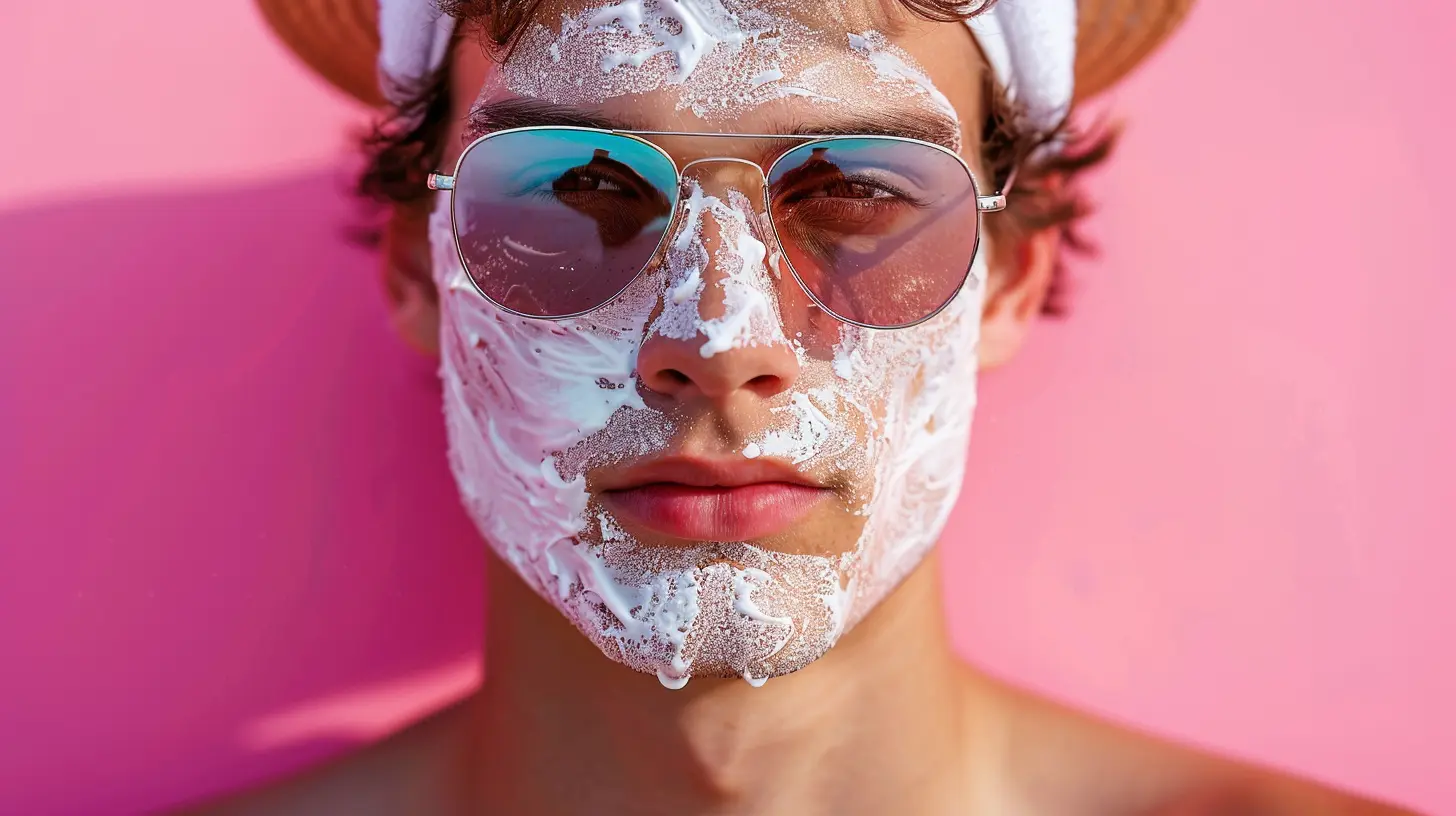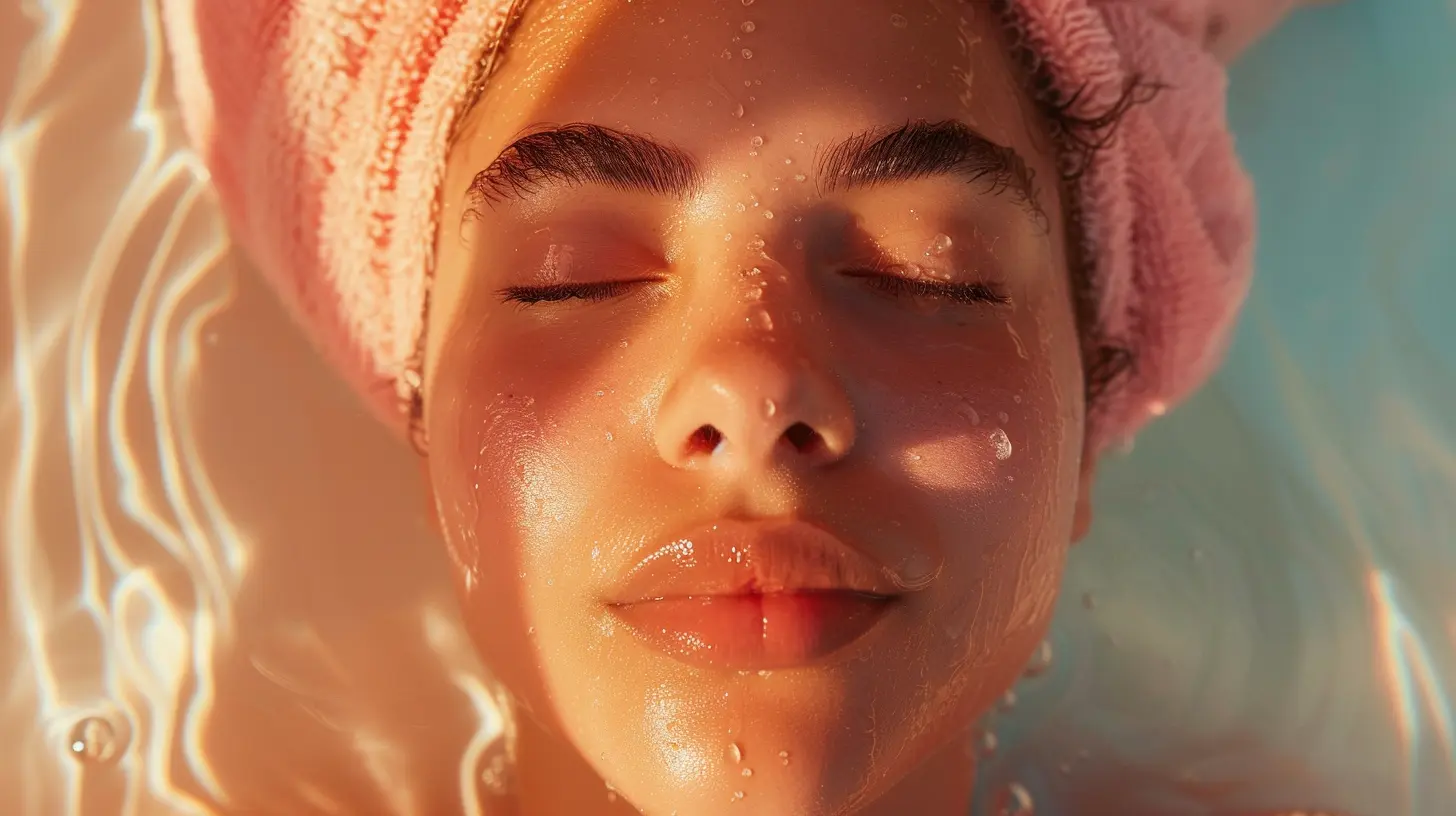Common Sunscreen Mistakes That May Be Harming Your Skin
20 July 2025
Let’s be honest—sunscreen isn’t exactly the most exciting step in our skincare routine. It’s not as glamorous as a dewy serum or a calming face mask. But here’s the thing: sunscreen is the unsung hero that stands between you and premature aging, sunburns, dark spots, and even skin cancer.
Now, you may think, “No worries, I wear SPF every day!” And that’s great. But wearing sunscreen isn’t enough if you’re making some all-too-common mistakes without even realizing it. These slip-ups can silently sabotage your skin, even if your heart's in the right place.
So, grab your favorite drink (maybe iced coffee?), settle in, and let’s talk about the sunscreen mistakes that might be doing more harm than good—and how you can easily fix them.

1. Choosing The Wrong SPF
We’ve all been there—standing in the skincare aisle, staring at SPFs ranging from 15 to 100+, confused and overwhelmed. Does higher SPF mean more protection? Is SPF 30 enough?Here’s the lowdown: SPF, or Sun Protection Factor, tells you how long the sun’s UVB rays would take to redden your skin compared to not wearing any sunscreen. SPF 30 blocks about 97% of UVB rays, while SPF 50 blocks around 98%. Beyond that, the difference is tiny. SPF 100? It’s not a magic shield—just a small bump, blocking about 99%.
The Mistake: Thinking SPF 15 or 20 is "good enough" for daily use.
Reality Check: Dermatologists recommend using at least SPF 30 every single day, rain or shine. And if you’re spending hours outdoors? Go for SPF 50, especially if you’re fair-skinned or prone to burning.

2. Not Wearing Sunscreen Every Day
You woke up to overcast clouds. Or maybe it’s the middle of winter. No visible sun means no need for sunscreen, right?Wrong.
The Mistake: Skipping sunscreen on cloudy days or during the colder months.
What’s Actually Happening: Up to 80% of UV rays still penetrate clouds. UV rays don’t take a vacation in the winter, either. Snow can reflect UV radiation, increasing your exposure even more.
Make applying sunscreen a non-negotiable part of your morning routine—just like brushing your teeth.

3. Applying Too Little Sunscreen
Let’s talk quantity. Think of sunscreen like frosting—if you skimp, you won't get full coverage.The Mistake: Using a pea-sized amount for your entire face or half a teaspoon for your whole body.
How Much You Actually Need:
- For your face and neck: About a nickel-sized dollop.
- For your whole body: About 1 ounce (a shot glass full).
If you’re using a spray, take your time to layer it evenly and rub it in—just spraying and walking away doesn’t cut it.

4. Forgetting to Reapply
Putting on sunscreen once in the morning and calling it a day? That’s like eating breakfast and thinking you won’t need food again until tomorrow.The Mistake: Not reapplying sunscreen every 2 hours, especially after swimming or sweating.
What You Should Do: Set a timer if you have to. Reapply every 90-120 minutes, and immediately after swimming, sweating, or towel-drying. Carry a travel-sized sunscreen in your bag, or go for a powder or spray SPF for easy touch-ups.
Trust me—your older self will thank you for this habit.
5. Only Protecting Your Face
We tend to get hyper-focused on protecting our face (thank you, skincare influencers), but what about the rest of your body?The Mistake: Ignoring vulnerable areas like your ears, neck, hands, feet, and even your scalp.
Why It Matters: Skin cancer loves to show up in unexpected places, and these often-forgotten areas are especially sensitive to sun damage.
Hot Tip: Apply sunscreen to your hands while driving, wear a hat to protect your scalp, and don’t forget your ears and the back of your neck if you’re rocking a ponytail.
6. Relying on Makeup with SPF
Makeup with SPF—sounds like a win-win, right?Not quite.
The Mistake: Using foundation or tinted moisturizer with SPF as your only form of protection.
Here’s The Deal: Most makeup products offer insufficient SPF coverage, and you’d need to apply a TON of it to reach the SPF rating. Like, way more than you’d ever wear.
Instead, layer a broad-spectrum sunscreen under your makeup, then apply your beauty products. For reapplication, consider an SPF setting spray or powder.
7. Not Using Broad-Spectrum Sunscreen
You’ve probably seen the term "broad-spectrum," but what does it actually mean?The Mistake: Using sunscreen that only protects against UVB rays.
The Reality: Broad-spectrum sunscreen shields you from both UVA (aging) and UVB (burning) rays. Skipping broad-spectrum protection means you're missing half the battle.
Check your label—if it doesn’t say “broad-spectrum,” it’s not worth your skin.
8. Applying Sunscreen After Going Outside
We get it—mornings are a whirlwind. But slapping on sunscreen once you’re already outside or in your car? That’s too late.The Mistake: Applying sunscreen after sun exposure has already started.
Why It’s a Problem: Sunscreen takes about 15 to 30 minutes to fully absorb and activate. That means if you're already outside, your skin is unprotected during those crucial first minutes.
Do This Instead: Apply sunscreen as the final step in your skincare routine before you walk out the door. Make it a habit like tying your shoes before leaving.
9. Counting on Clothing Alone
Think your wide-brimmed hat or beach cover-up makes you immune to sun damage?The Mistake: Believing that clothing alone offers full protection.
The Truth: Not all fabrics block UV rays effectively. Light or loosely woven fabrics can actually let in more radiation than you’d think.
What You Can Do: Look for clothes with a UPF (Ultraviolet Protection Factor) rating, or at the very least, wear darker, tightly-woven fabrics. But yes, still use sunscreen underneath!
10. Using Expired Sunscreen
This one’s sneaky. You bought that bottle of sunscreen last summer. It’s half full. It looks okay. But is it still good?The Mistake: Using old, expired sunscreen.
Why This Matters: Over time, the active ingredients in sunscreen break down and lose their punch. That means less protection for your skin, even if you’re technically wearing it.
Pro Tip: Sunscreen typically has a shelf life of about three years. Check the expiration date before applying. If it smells funny, has changed texture, or you can’t remember when you bought it—it’s time to toss it.
11. Skipping Sun Protection Indoors
Wait—do we really need sunscreen inside our homes?The Mistake: Assuming indoor lighting or windows pose zero risk.
Here’s the Truth: If you're sitting next to a window or exposed to blue light from screens for long hours, your skin isn’t as safe as you’d think. UVA rays can pass through glass, and research suggests blue light may contribute to pigmentation and skin aging.
So What Should You Do?: If you work near a window or use screens all day (let’s be real—who doesn’t?), continue your morning sunscreen ritual. There are sunscreens now with blue light protection too!
12. Not Tailoring Sunscreen to Your Skin Type
All sunscreens are not created equal. What works for your best friend might break you out like crazy.The Mistake: Using the wrong sunscreen for your skin type.
If You Have...
- Oily/acne-prone skin? Go for non-comedogenic, matte-finish, or gel-based sunscreens.
- Dry skin? Choose a hydrating formula with added moisturizers like hyaluronic acid or glycerin.
- Sensitive skin? Mineral sunscreens (with zinc oxide or titanium dioxide) are generally gentler than chemical ones.
Pick a sunscreen that feels good on your skin so you're more likely to use it daily without hesitation.
13. Assuming Darker Skin Tones Don't Need SPF
Let’s bust this myth once and for all.The Mistake: Believing darker skin tones don’t need sunscreen.
The Reality: While melanin offers some natural protection, it’s not enough to prevent sun damage, hyperpigmentation, or skin cancer.
Sunscreen is essential for every shade of skin. Period.
If you're concerned about white cast, especially with mineral sunscreens, look for tinted options or formulas made specifically for deeper skin tones. There are plenty of inclusive brands out there now—thankfully!
14. Skipping Sunscreen on Overcast Days or When Indoors
This one’s a double-whammy because we like to assume if there’s no sun beaming down through the clouds, we’re safe.The Mistake: Only wearing sunscreen when it's "obviously" sunny.
Why It’s Harmful: UVA rays are present all day, every day, all year long. They penetrate clouds, glass, and even your car windows. And they’re the ones responsible for deep wrinkles and long-term damage.
Make SPF as habitual as putting on deodorant—even when the skies are gray or you're binge-watching indoors.
Final Thoughts: Small Tweaks, Big Results
You don’t need a 15-step skincare routine to protect your skin—you just need to get sunscreen right. The sad part? Most people think they’re doing enough, but these small oversights chip away at your skin’s health day after day.But the good news? Now you know. And knowledge is skincare power.
Sunscreen should be your skin's best friend, not a one-time guest. So go ahead—bookmark this, send it to a friend, and start fixing those sunscreen habits today. Your future face (glowing, youthful, and healthy) will high-five you for it.
all images in this post were generated using AI tools
Category:
Sun ProtectionAuthor:

Angelo McGillivray
Discussion
rate this article
1 comments
Lyla Wright
Did you know slathering sunscreen on before breakfast doesn’t count as a protective meal? Let’s avoid those crispy skin regrets! Sunscreen is the breakfast of champions—just make sure it's not toast-flavored. Spread it, not crumbs!
July 30, 2025 at 3:16 AM

Angelo McGillivray
Great point! Sunscreen is crucial, but remember it doesn't replace a healthy breakfast. Stay protected and nourished!


